How to Start a Career in Technical Writing by Contributing to Open Source
One of the most common questions I’m asked is, “how can I get started in technical writing?” And honestly, I love that question because it means more people are beginning to see writing as a valid, valuable way to enter the tech industry. Begin with ...

One of the most common questions I’m asked is, “how can I get started in technical writing?” And honestly, I love that question because it means more people are beginning to see writing as a valid, valuable way to enter the tech industry.
Begin with open source. That's what I typically tell them.
It might sound intimidating at first, but open source is one of the most accessible and welcoming ways to learn by doing. You don’t need to be an expert. You don’t need to know how to code extensively. You just need to be willing to write, research, ask questions, and contribute.
In this article, I'll share what I've learnt from my own experience with starting a career in technical writing through open source.
Table of Contents
Why You Should Build Your Technical Writing Career with Open Source
How to Build a Technical Writing Portfolio Through Open Source
Common Misconceptions About Technical Writing
Before we get into it, let’s get some misconceptions about technical writing out of the way.
“You don’t need to know how to code.”
This is simply not true. While you do not need to be a software engineer to write excellent documentation, understanding basic technical concepts is important, especially if you want to communicate effectively with developers or document complex tools.
That said, many technical writers, myself included, get to learn on the job. You can start with what you know and build your skills from there. The key skill is not necessarily coding – it’s being able to explain things clearly and ask the right questions.
“It’s just about writing things down clearly.”
It’s more than that. Technical writing is about understanding how something works, figuring out what users need to know, and then organising that information in a way that’s useful and accessible.
It involves research, asking questions, testing things out, and often working closely with developers or product teams. The real skill lies in turning complexity into clarity – not just in writing well, but in thinking clearly and structuring information in a way that helps people succeed.
“You need a technical writing degree or certification.”
Also false. While a course or certification can help you build confidence, they’re not required. Many people get started by contributing to open-source documentation, building a portfolio, and learning on the job. Your work speaks for itself, and open source gives you the opportunity to build that body of work publicly.
“Technical writing is boring.”
Not at all. Sure, you’re not writing fiction, but you are solving problems, helping people, and building bridges between developers and users. Every sentence you write could help someone figure something out faster or feel less frustrated. That’s real impact.
Having addressed that, let's proceed.
Who is a Technical Writer?
Technical writers are the bridge between engineers and everyone else. We make the complex things read more simply, and our work appears in documentation, tutorials, API references, onboarding guides, and more.
As a technical writer, how well you explain things may affect how people use a product, how developers get started, and how whole communities evolve. Good documentation is essential for adoption, and businesses seek writers who can explain technical information with the right empathy and structure.
A good technical writer does more than just write well. They listen, research, and think critically. Some of the core skills you’ll need as a technical writer include:
Clarity and structure in writing: Being able to explain things simply and logically.
Curiosity and a willingness to learn: Asking questions, exploring tools, and digging into unfamiliar concepts.
Empathy for the user: Understanding what people need and how they think.
Basic technical understanding: You don’t need to be a programmer, but being comfortable with tools, processes, or basic code reading helps you explain technical concepts better.
What is Open Source?
There are many open-source projects that power tools and technologies you might use every day and many more that power the internet. Projects like Linux, Python, Git, Wikipedia, Firefox, WordPress, and freeCodeCamp are open source projects.
Open source refers to the practice of making a project’s inner workings – whether it’s software, hardware, content, or research – openly available for anyone to view, use, modify, and improve.
Fundamentally, open source rests on several powerful principles:
Transparency: Anyone can inspect the project, understand how it works, learn from it, and contribute to it. Nothing is hidden.
Collaboration: People from all over the world can contribute, suggest improvements, and solve problems together.
Community-driven innovation: Progress happens through shared effort. The best ideas often emerge when diverse contributors come together.
Open source is about creating things in the open, together.
Why You Should Build Your Technical Writing Career with Open Source
To get started in technical writing, you need three things: a tool to document, an audience to write for, and a platform to share your work. Open source gives you access to all three and more.
Let’s talk about why contributing to open source is a powerful way to start and grow your technical writing career.
First of all, it can give you some great real-world experience. You get hands-on practice with documentation for actual tools and products used by real developers and users – not just hypothetical or practice projects.
Second, contributing to open source can help you develop your skills. From writing technical guides to improving onboarding flows, you’ll strengthen both your writing and technical understanding.
It also helps you build your portfolio, visibility, and credibility. Your contributions become a tangible way to showcase your skills in writing and working on different types of documentation projects.
Your public work, which is seen by maintainers, contributors, and even recruiters, can also help you build a reputation in the field.
Contributing also helps you develop skills in cross-functional collaboration. You’ll often work alongside developers, designers, and other members of the product team, just like a real job.
As a technical writer, your involvement also helps you gain insights into how they think and develop software, which improves your writing for technical audiences.
In addition to practicing what you already know, there will be many opportunities for you to learn new skills as well. If you’d like to learn new things while being hands-on, open-source is a great place for that. By working on open-source projects, you can gain hands-on experience with new tools, documentation platforms, and even programming languages.
You also get to meet so many people who are willing to mentor, review your work, and offer feedback, so you don’t grow in isolation.
And finally, you get to make a real impact. Good documentation empowers the people you’re writing for. Your writing could be the reason someone else joins a project or starts using a new tool.
You’re not just writing docs. You’re making technology more accessible, communities more welcoming, and learning more equitable.
Your Role in Open Source as a Technical Writer
In open source, technical writers play a crucial role in making projects usable, accessible, and scalable.
As a technical writer, your contributions might include:
Writing and improving documentation: From installation guides to API references, you help users get started and stay unblocked.
Creating onboarding resources: You make it easier for new contributors to join by documenting project structure, workflows, and best practices.
Clarifying technical concepts: You turn complex ideas into clear, accessible language for users of varying skill levels.
Organising content: You help structure docs logically so users can find what they need without frustration.
Spotting gaps: You ask important questions like, 'What’s missing?’ What’s unclear? What would I need to know as a first-time user?
Beyond writing, you become an advocate for the user’s perspective, identifying friction points, promoting clarity, and shaping the overall user experience of a project.
Your role extends beyond mere documentation – it’ll also involve bridging the gap between creators and users and helping open source communities grow by making their work more accessible to everyone.
Technical Skills You’ll Need to Get Started
You don’t need to be a developer to contribute as a technical writer in open source, but having a few foundational skills will make your journey smoother and more impactful.
The core technical skills to focus on include:
Git & GitHub/GitLab
Version control is essential in open source. Learn how to clone repositories, create branches, make commits and submit pull requests (PRs). These are the basic workflows for contributing to projects and collaborating with others.
Here’s a handbook that’ll teach you all the Git fundamentals you’ll need in your day-to-day routine.
Markdown
Markdown is the most common format for writing open source documentation. It’s simple and lightweight, used to add structure like headings, bullet points, code blocks, links, and images to documentation.
Here’s a cheat sheet that’ll teach you markdown basics – it’s geared towards technical writers.
Basic Command Line
Knowing how to navigate folders, run simple commands, and install tools from the terminal can help you test software and understand the context you're writing about.
You can learn about command line and bash scripting basics in this detailed tutorial.
And here’s a handbook that covers some of the most commonly used Linux commands you’ll need to know.
Text Editors
Tools like VS Code, Cursor, or even online editors on GitHub are commonly used to write and edit documentation. Knowing how to work in them will make your contributions easier.
You can learn how to use VS Code, one of the most popular editors among devs, in this crash course.
Reading Code
You don’t need to be a programmer, but being able to skim through code and understand file structures or function names can help when documenting how something works.
You don’t need to master everything before you start. These are skills you’ll need to develop along the way. The most important thing is to be curious, ask questions, and keep learning as you contribute.
How to Build a Technical Writing Portfolio Through Open Source
Open source is one of the most effective ways to build a strong, public portfolio and kickstart your career as a technical writer. Here’s a step-by-step guide to help you begin contributing to open source as a technical writer:
Create a GitHub (and optionally GitLab) account
Most open source projects are hosted on GitHub, so this is your gateway to finding and contributing to them. Make sure your profile is complete and professional – consider it to be your public résumé.
Here’s a peek at what a good GitHub profile can look like (it’s mine






















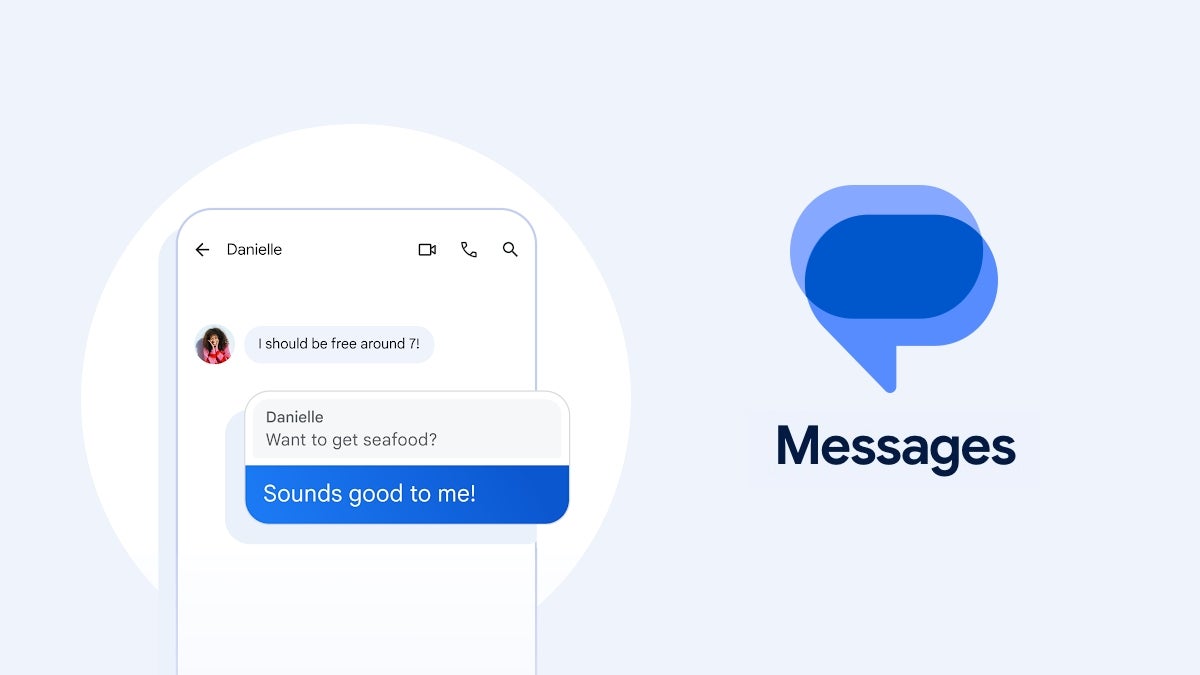




















































![Oakley and Meta Launch Smart Glasses for Athletes With AI, 3K Camera, More [Video]](https://www.iclarified.com/images/news/97665/97665/97665-640.jpg)

![How to Get Your Parents to Buy You a Mac, According to Apple [Video]](https://www.iclarified.com/images/news/97671/97671/97671-640.jpg)






























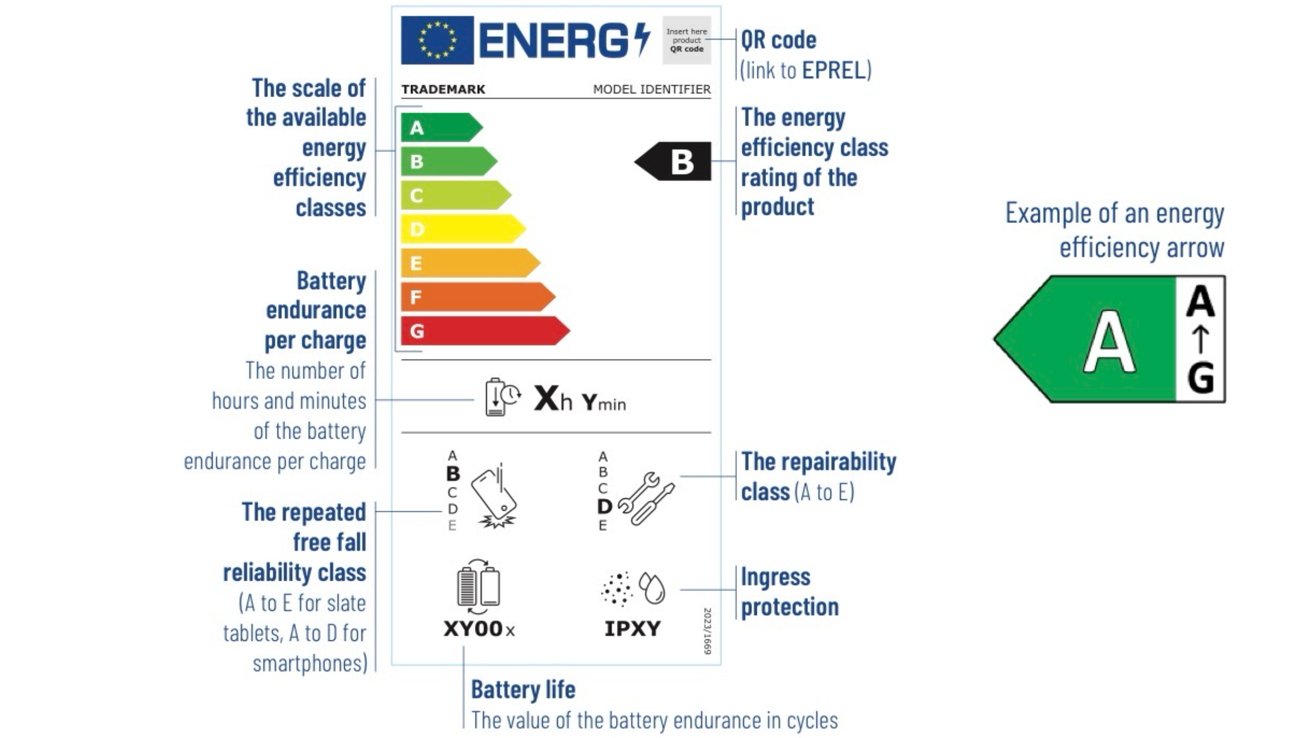
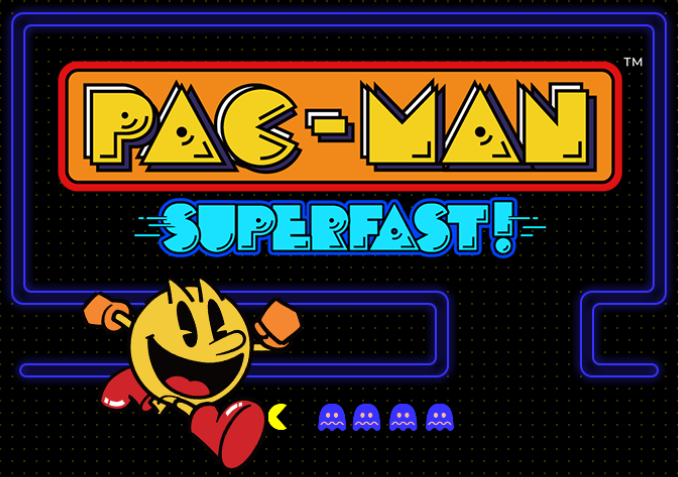





































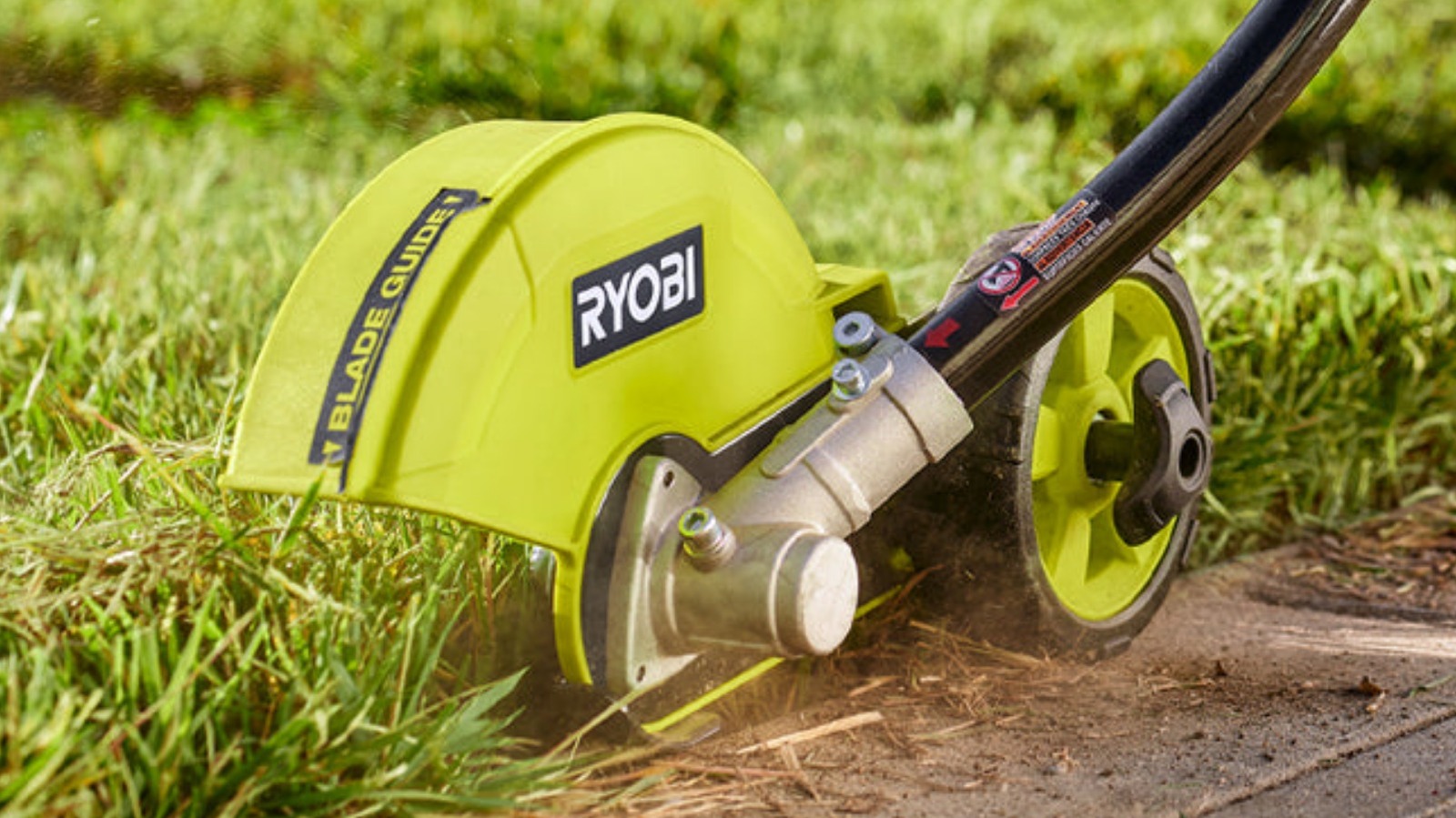











































_Paul_Markillie_Alamy.jpg?width=1280&auto=webp&quality=80&disable=upscale#)
_Frank_Peters_Alamy.jpg?width=1280&auto=webp&quality=80&disable=upscale#)































































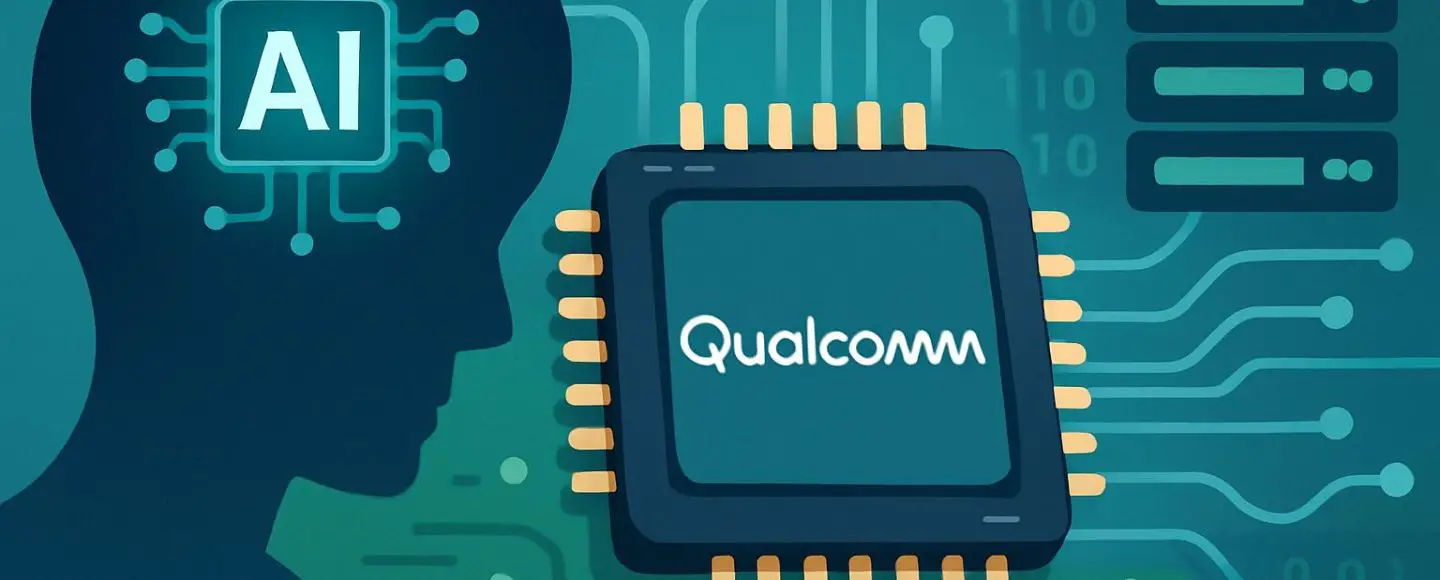




































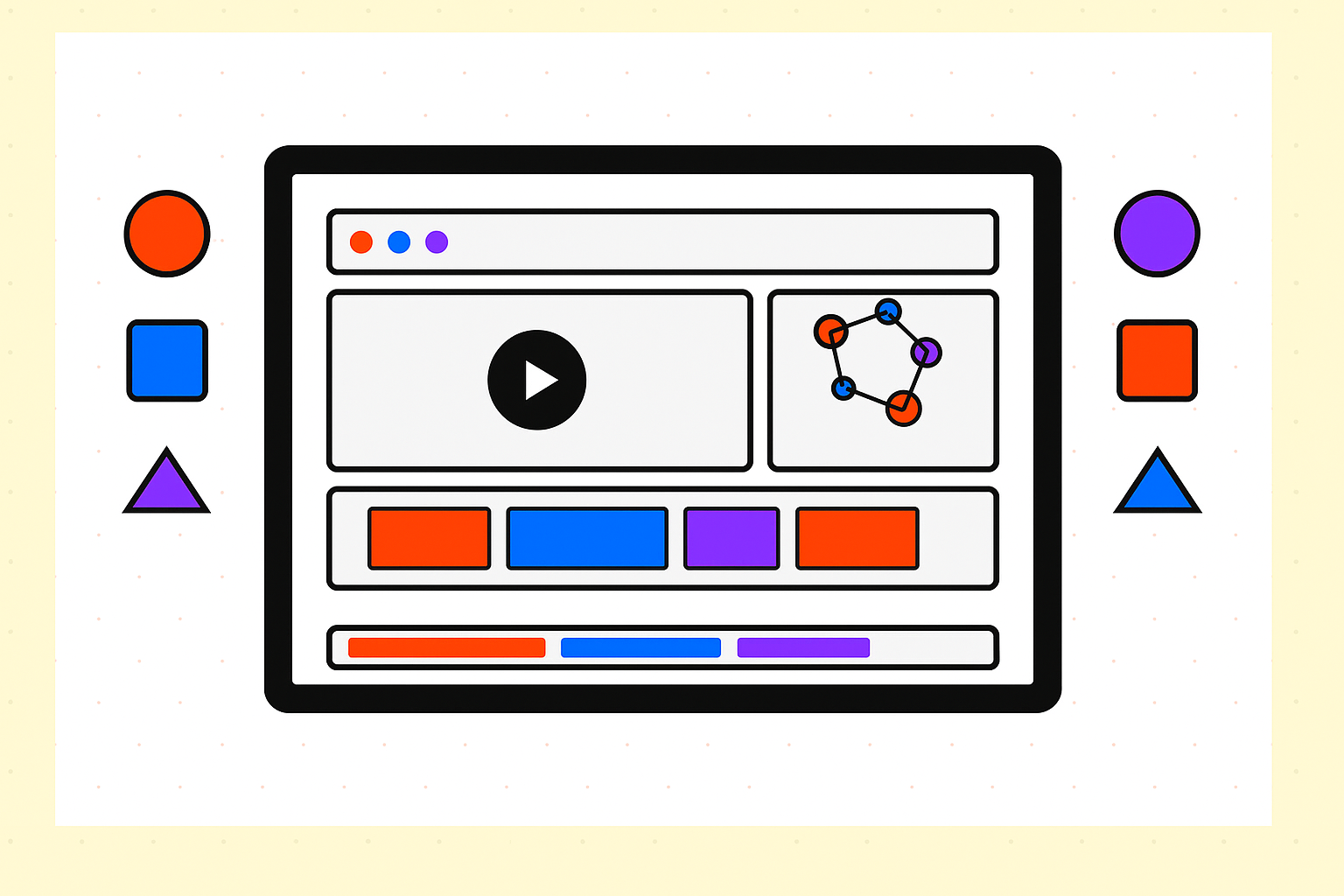














![[The AI Show Episode 154]: AI Answers: The Future of AI Agents at Work, Building an AI Roadmap, Choosing the Right Tools, & Responsible AI Use](https://www.marketingaiinstitute.com/hubfs/ep%20154%20cover.png)
![[The AI Show Episode 153]: OpenAI Releases o3-Pro, Disney Sues Midjourney, Altman: “Gentle Singularity” Is Here, AI and Jobs & News Sites Getting Crushed by AI Search](https://www.marketingaiinstitute.com/hubfs/ep%20153%20cover.png)

















































































































































































.png?#)






























































